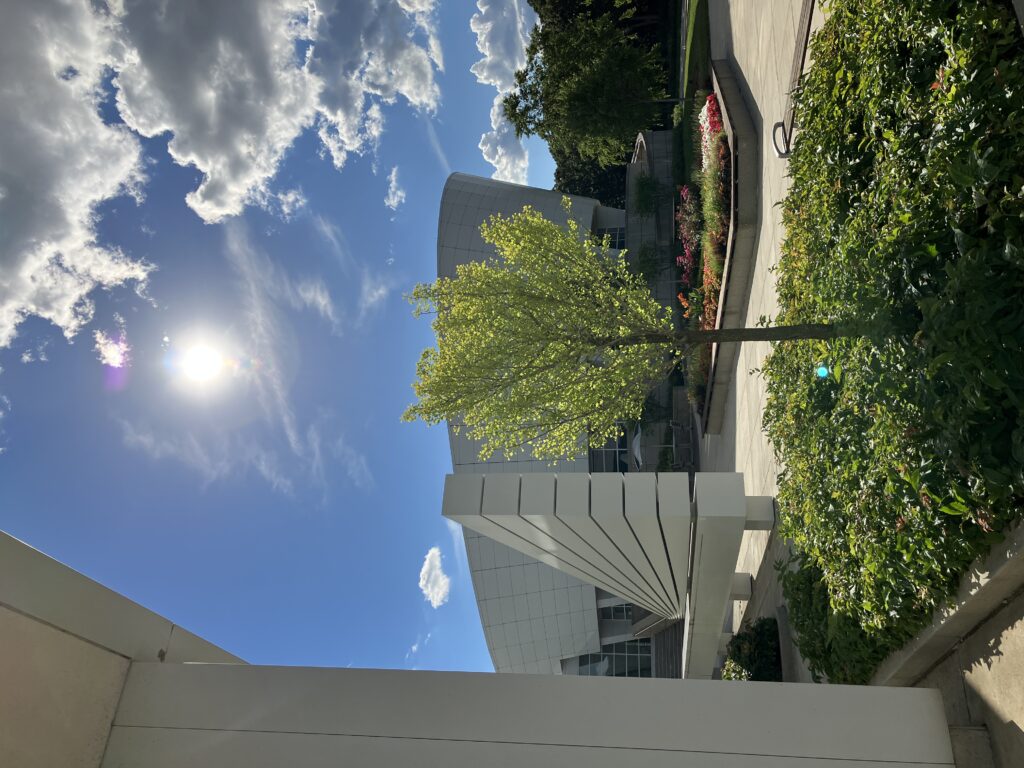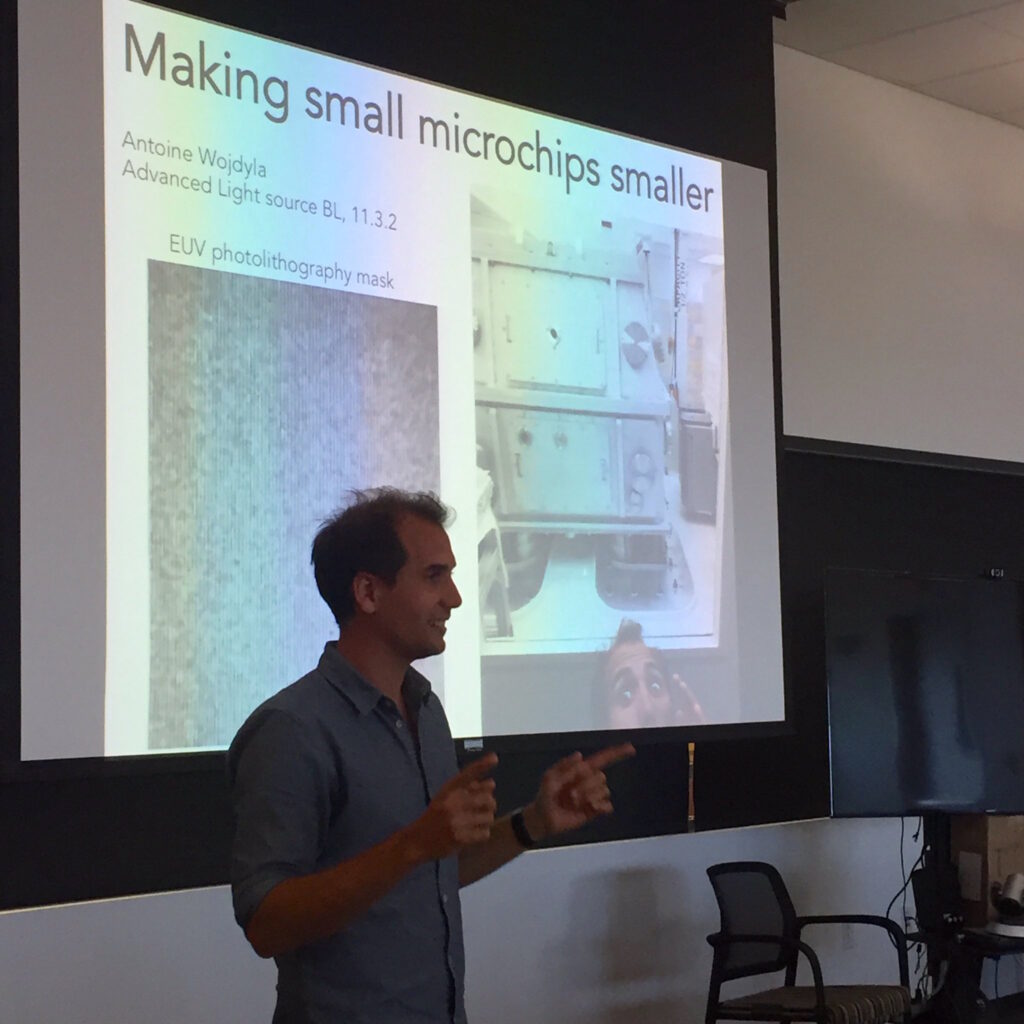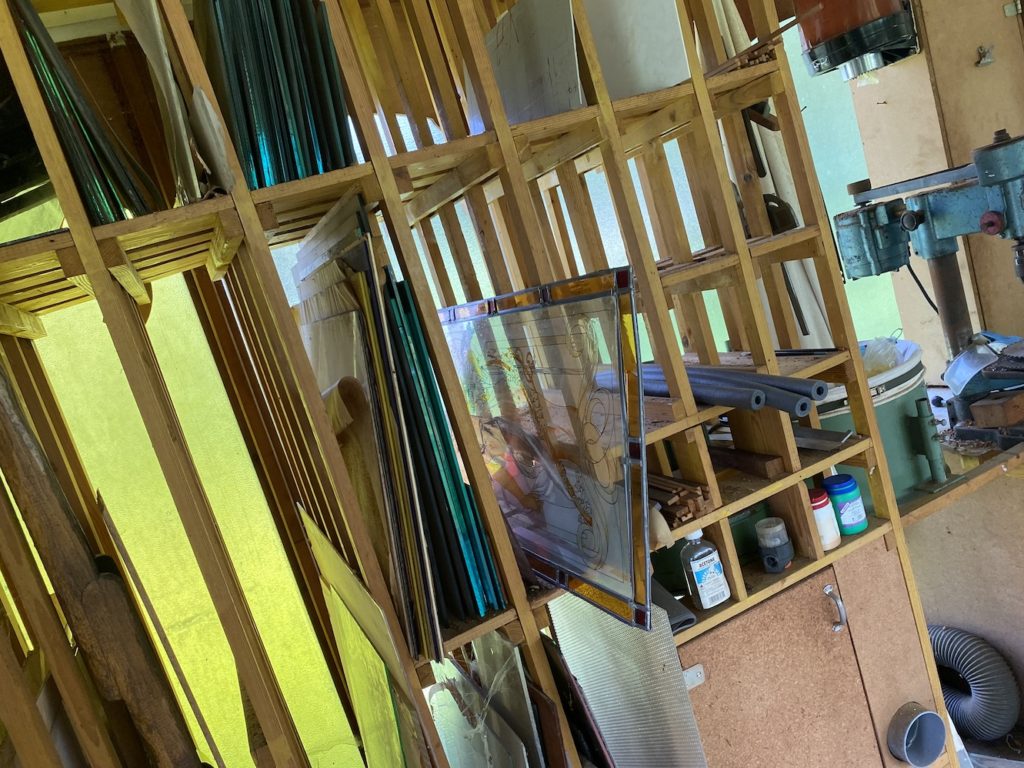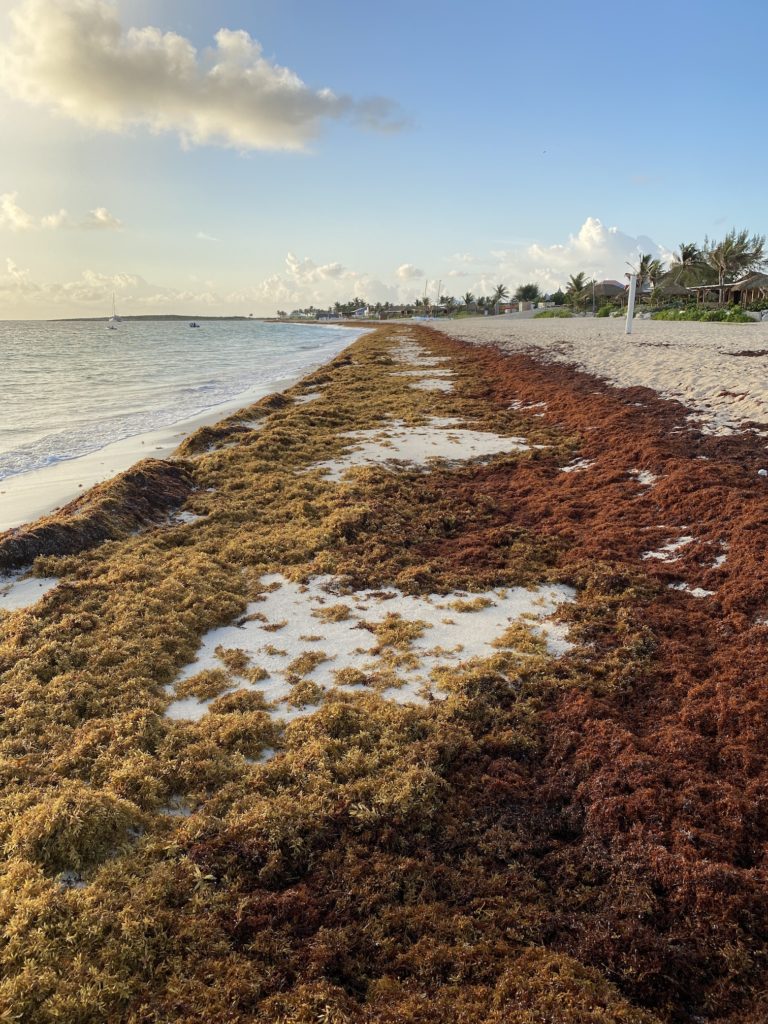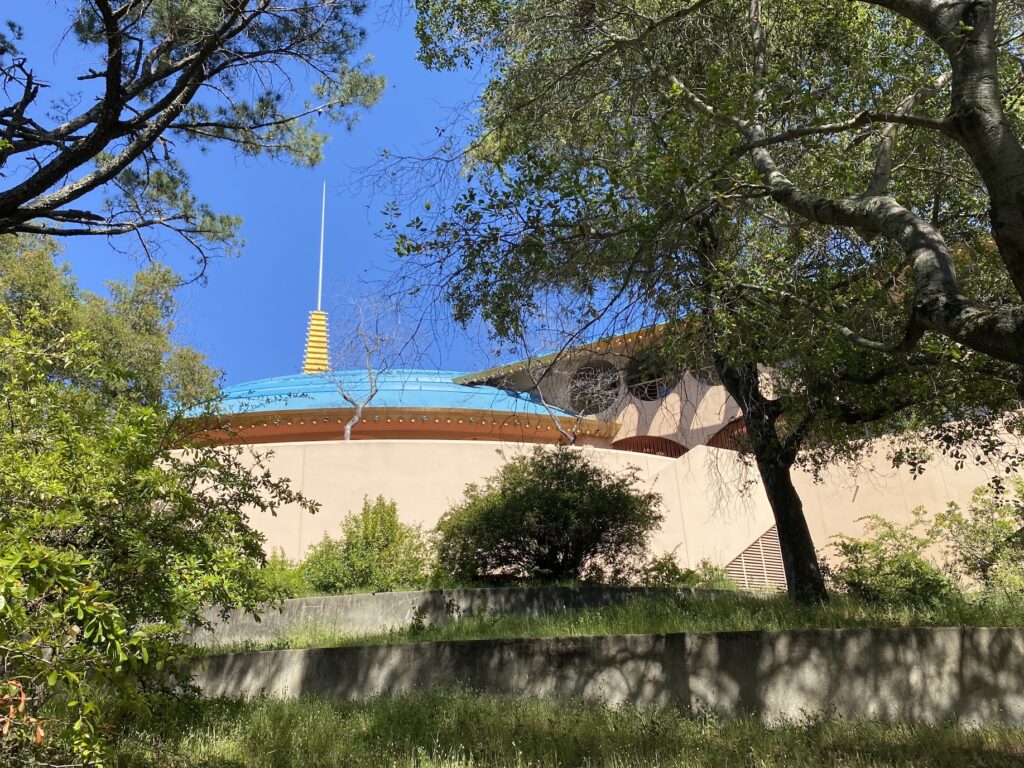I recently traveled to Argonne National Lab to meet with colleagues from the XSD-OPT team at the Advanced Photon Source.
Subluminal
Slower than the speed of light, but not by much
Category Archives: science
Dream beam
I am very happy to announce that was granted en Early Career Research Award by the US Department of Energy, to work on the DREAM beam: Diffraction-limited Radiation Enhancement with Adaptive Mirrors for x-ray coherent beamlines.
Here are some news releases:Competes
Yesterday we received a visit of the speaker of the House, Nancy Pelosi, who came to Berkeley lab for a press conference around the COMPETES act, which aims to bolster STEM education in the US and revive semiconductor manufacturing.
Full video: Speaker Pelosi Holds Event on America COMPETES ActWhen people ask me what are the answers to some of the challenges that we face, I always say the same thing: Science, Science, Science and Science – Nancy Pelosi
We are quite honored that she chose the Advanced Light Source as backdrop for the announcement. There were also other congresswomen Barbara Lee and Doris Matsui, together with Intel CEO Pat Gelsinger and UC President Michael Drake.
 Nancy Pelosi speaking in front of the Advanced Light Source
Nancy Pelosi speaking in front of the Advanced Light Source
Scientists on screen
There isn’t much representation of scientists in popular culture, with a only few movies standing out, such as a “A Beautiful Mind” (on John Nash) or “Good Will Hunting.” There’s been a few more in the biopic genre lately, such as the “Imitation Game” on Alan Turing or “The Theory of Everything” on Stephen Hawking, and soon a movie on Robert Oppenheimer by Chris Nolan.
But the representation of women in science and technology is even less frequent. Things seem to be changing, and during the pandemic there’s been a few biopics on women scientists, to which I want to bring attention to:- Secrets of the Surface, a movie on Maryam Mirzakhani, the only women ever to receive the Fields medal
- Radioactive, a movie about Marie Curie, with Rosamund Pike
- Sisters with transistors, on women pioneers in electronic music

(credit: @truffleduster)
Friendly podcasts
We’re almost out of the pandemic, and it seems that a lot of people around me are starting podcasts. Here are three podcasts from friends or looser acquaintances that I found very entertaining. Check them out!
- A Slight Change of Plans, by Maya Shankar, where she interviews people who have been through a life changing episode.
- Lab to Startup, by Naresh Sunkara, where he talks about how scientists can create successful startups, interviewing those who crossed the chasm, and listing all the resources available to trained scientists (incubators and other programs)
- Am I normal, by Mona Chalabi, where she takes somehow very personal subjects and does a deep dive into the numbers and interviews people who have done their research!
I must confess I did try to start a podcast, inspired by my favorite French show “Remède à la mélancolie” (now reborn as “L’Embellie“) I did two episode, but I quickly realized that would take much more effort than I thought if I wanted to get anywhere…
Among other podcast I listen to regularly: Science en question and Femmes puissantes (both in French, I hope there was an English version of these great shows! French public radio is awesome – see La black liste for excellent soul music and and Si l’Amerique m’etait contée for a history of America)EUV lithography makes headlines
EUV lithography is now part of everything – including the chips in your iPhone 12 and beyond. I don’t know if it’s because of the chip shortage, the $50B investment of the US government in semiconductor manufacturing, or the realization that having a nearly monopolistic market with its biggest player in Taiwan, at the mercy of an invasion, but there’s a lot of press on EUV lithography right now (I’ve been talking about my work on the topic at Berkeley Lab here: SHARP and MET5, and shared some thoughts on Moore’s law here.)
Here’s a few pieces:
- The $150 Million Machine Keeping Moore’s Law Alive (Wired, very similar to our piece in the Berkeley Science Review)
- Inside the Taiwan Firm That Makes the World’s Tech Run (Time)
- The Tech Cold War’s ‘Most Complicated Machine’ That’s Out of China’s Reach (New York Times)
- Intel slipped—and its future now depends on making everyone else’s chips (Ars Technica)
In this story, ASML is the quiet powerhouse – they have a de facto monopoly (their stock rose 10x over the last 5 years) and they keep expanding (ASML opens new state-of-the-art R&D facility in Silicon Valley.) There’s been some hardball played here, with the US pressuring the European company not to sell their technology with China (Reuters), as if it made any sense.
Besides, I am stoked to see my former colleagues from the Center for X-Ray Optics receive recognition for their work!I hope we’ll get to develop new techniques with x-rays using diffraction-limited beams to further the advances in semiconductors and microchips – skyrmions, superconductivity, memristors, and so many other cool things!
power spectral density of an EUV coherent beam reflected on a naturally rough surface going through an objective zoneplate with a topological charge of 1
Origami
I recently read the amazing book “New Expressions in Origami Art” by Meher McArthur, that I found at the shop Paper Tree in the Japan Town of San Fransisco (it’s one of my favorite shops; they always have stunning origami on display, some for sale, from many origamists featured in the book.)
Every page of the book is a delight, where a modern twists (abstraction, wet folding, tessellation) on origami always bring something very fresh.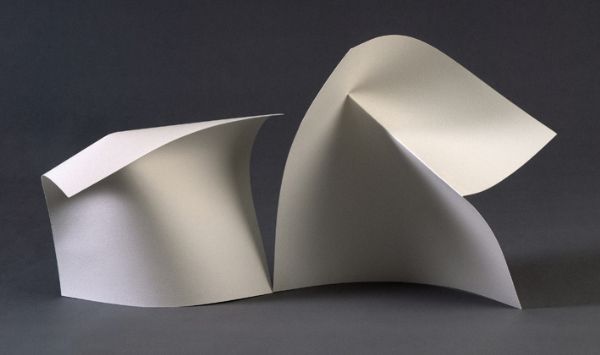
One Crease, by Paul Jackson
While reading the book and learning about Goran Konjevod (who seems to be a colleague from Lawrence Livermore National Laboratory), I stumbled on the work of Amanda Ghassaei, who has created the Origami Simulator and many other cool simulation tools producing mesmerizing results.
https://twitter.com/amandaghassaei/status/1352605937077522434 Continue readingPlans for the roaring 20’s
I was recently featured twice by Berkeley Lab, first about my work on ALS-U:
Berkeley Lab The Next 90 – Accelerators: Conversation with Antoine Wojdyla.
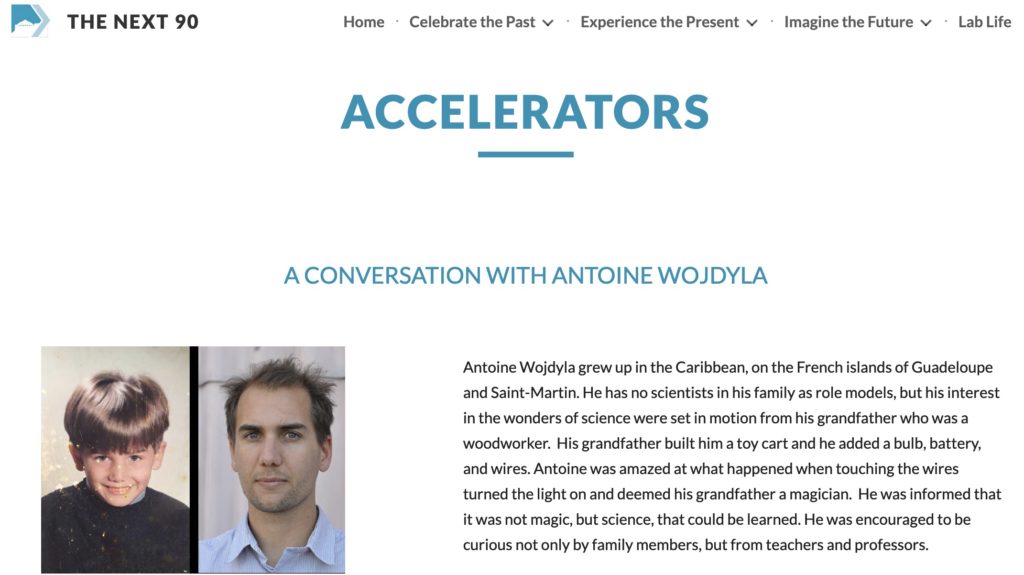 Incidentally, I had to clear out my grandparents house, and set foot in his shop, where he was cutting glass and carving wood. In a way, that’s what I am doing right now, studying mirrors and carving out matter, albeit with tighter tolerances.
Incidentally, I had to clear out my grandparents house, and set foot in his shop, where he was cutting glass and carving wood. In a way, that’s what I am doing right now, studying mirrors and carving out matter, albeit with tighter tolerances.
I also had an occasion to share with my colleague Alisa our vision for the Global ERG, which is an association at Berkeley Lab whose goal is to help out international colleagues – many of those who joined lately barely had a chance to meet anyone.
Berkeley Lab The Next 90 – Global ERG: Conversation with Antoine Wojdyla and Alisa Bettale
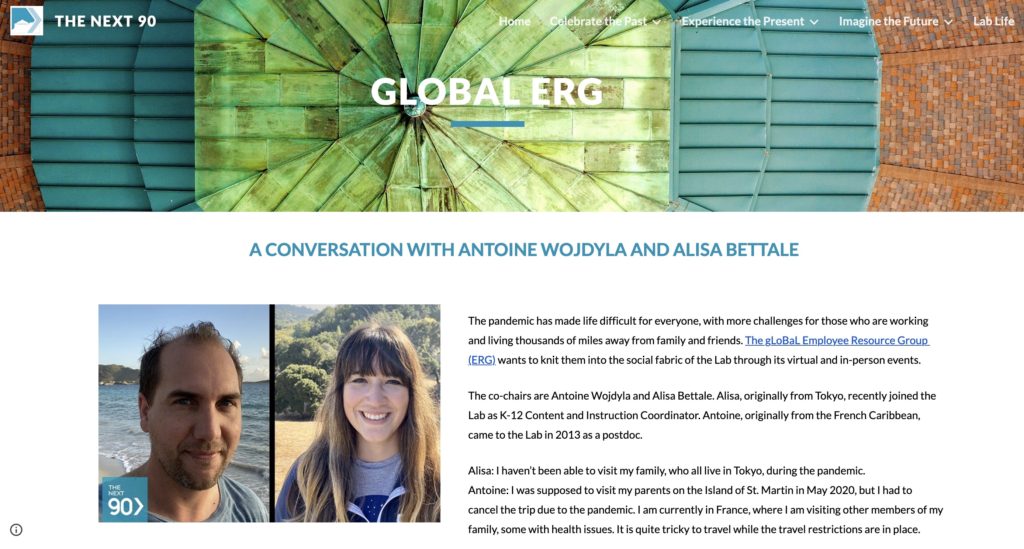
The scourge of sargassum
I am currently on the island of Saint-Martin, in the French West Indies, about 200 miles away from Puerto Rico, because I couldn’t fly back directly from France, which is still under a Travel Ban order from the US. I have two spend at least two weeks so that I can fly back to Berkeley.
Walking on beach, it is sad to discover that is littered with sargassum, an invasive algae that barely existed when I was walking my dogs on the beach many years ago. This infestation is quite recent in fact, and somehow started in 2011 (see the excellent piece in The Atlantic by pre-Pulitzer Ed Yong: Why waves of seaweed have been smothering Caribbean beaches.)
It appears that the bloom may come from the increase in nutrients carried by the Amazon river and making it to the ocean (The great Atlantic Sargassum belt.) Apparently, the problem is becoming more and more acute, and I’ve recently learned that researchers (like my colleagues at Berkeley Lab Lydia Rachbauer) are trying to find enzymes in fish that can actually digest these algae.
Because these algae float in the water, they are effectively a a mix of large floating solar panels, and a potentially a great resource of biofuels, where nothing is needed, since the nutrients are provided for free by farmers from the Amazon river. Apparently, there are companies such as C-combinator who are trying to extract the energy from these algae. I can’t really judge if the economics makes sense (harvesting the algae might be complicated, though they seem very easily visible on satellite images so that might help), but developing adequate techniques for a problem that may blow up seems a good idea. Continue readingWelcome to Gattaca
The movie Gattaca is my favorite movie of all times. It is the story of a person born of natural ways that need to live in a society where everyone has been selected based on their genes. I think it is an absolute masterpiece, with an incredible photography, excellent actors and a very clever script, touching on very deep issues.
I got a chance to visit the place where the movie was filmed, which happens to be the Marin County Civic Center, in San Rafael, 20 minutes North of San Francisco. The place is absolutely wild.While it seems to be a dystopian intrigue around genetic discrimination, it is actually subtle parable for systemic racism. The movie as a whole is a discussion around the fuzzy notion of meritocracy: people are still supposedly selected on their abilities, and it is formally illegal to conduct genetic testing (extending the notion of “protected characteristics”), but this eventually is a sham. It is interesting to notice that the movie has only two black characters – the geneticist (Blair Underwood) and the interviewer (Clarence Graham) – both serving as gatekeepers, closing the door to applicants who would try to escape their condition.
Continue reading